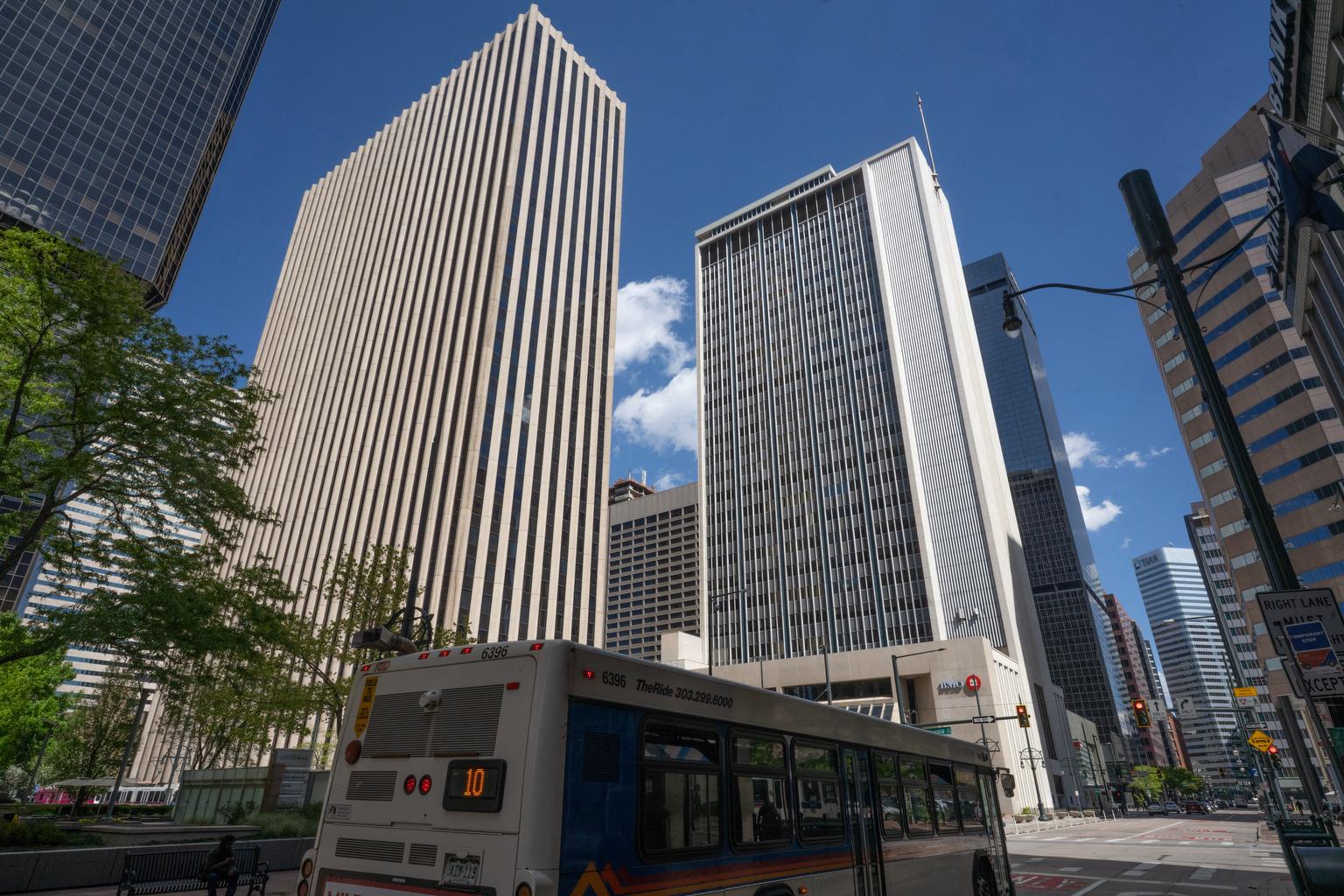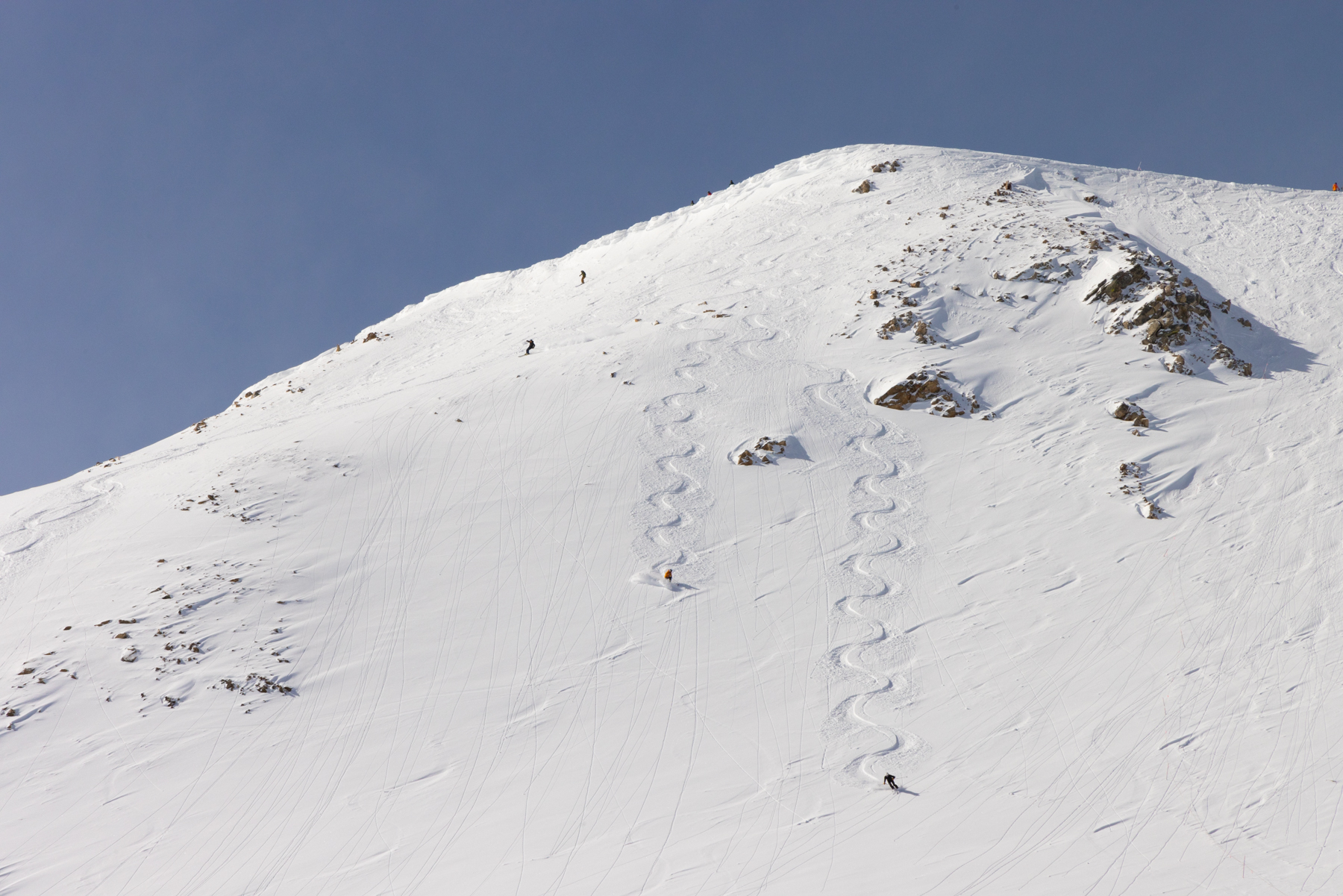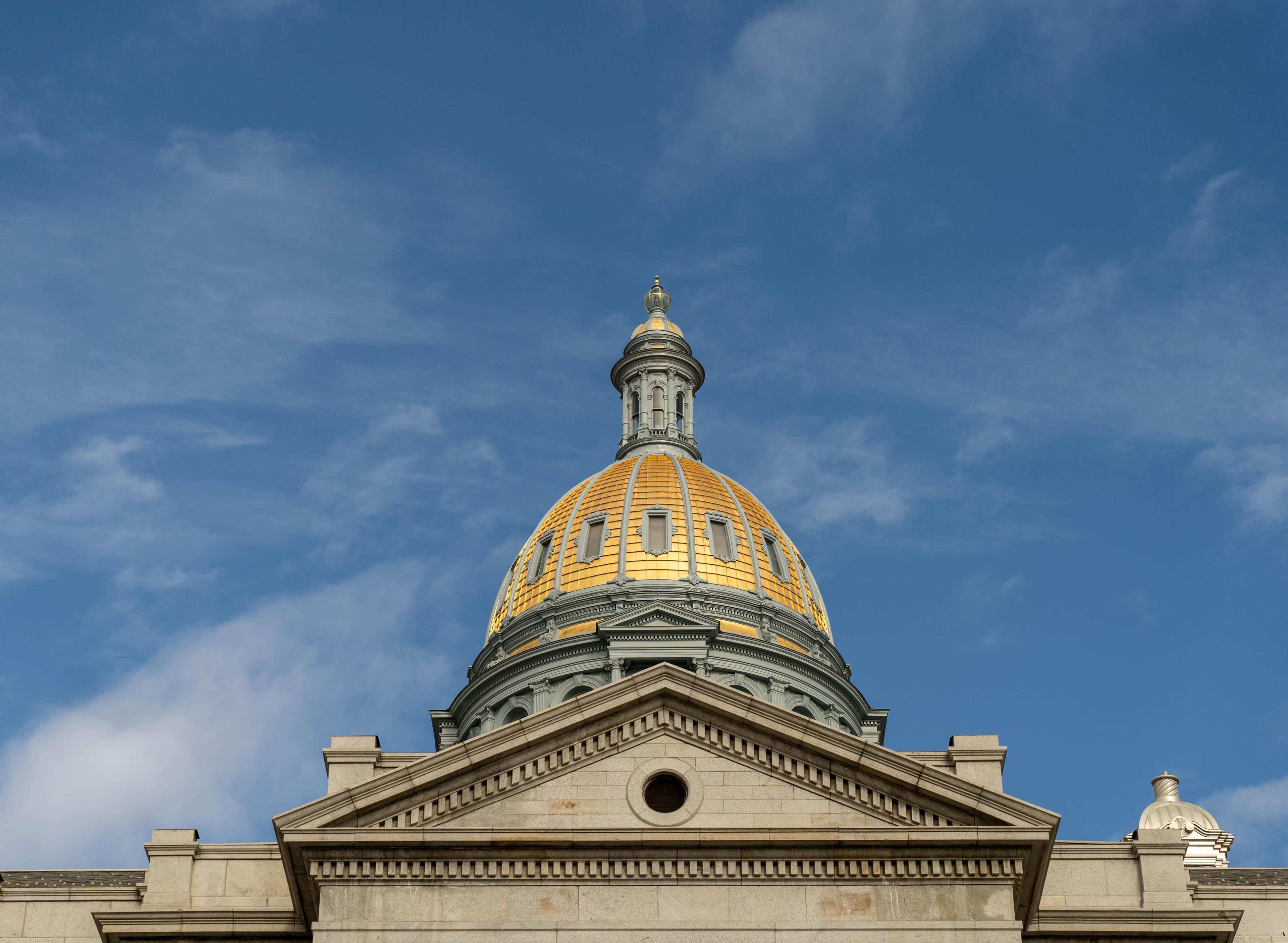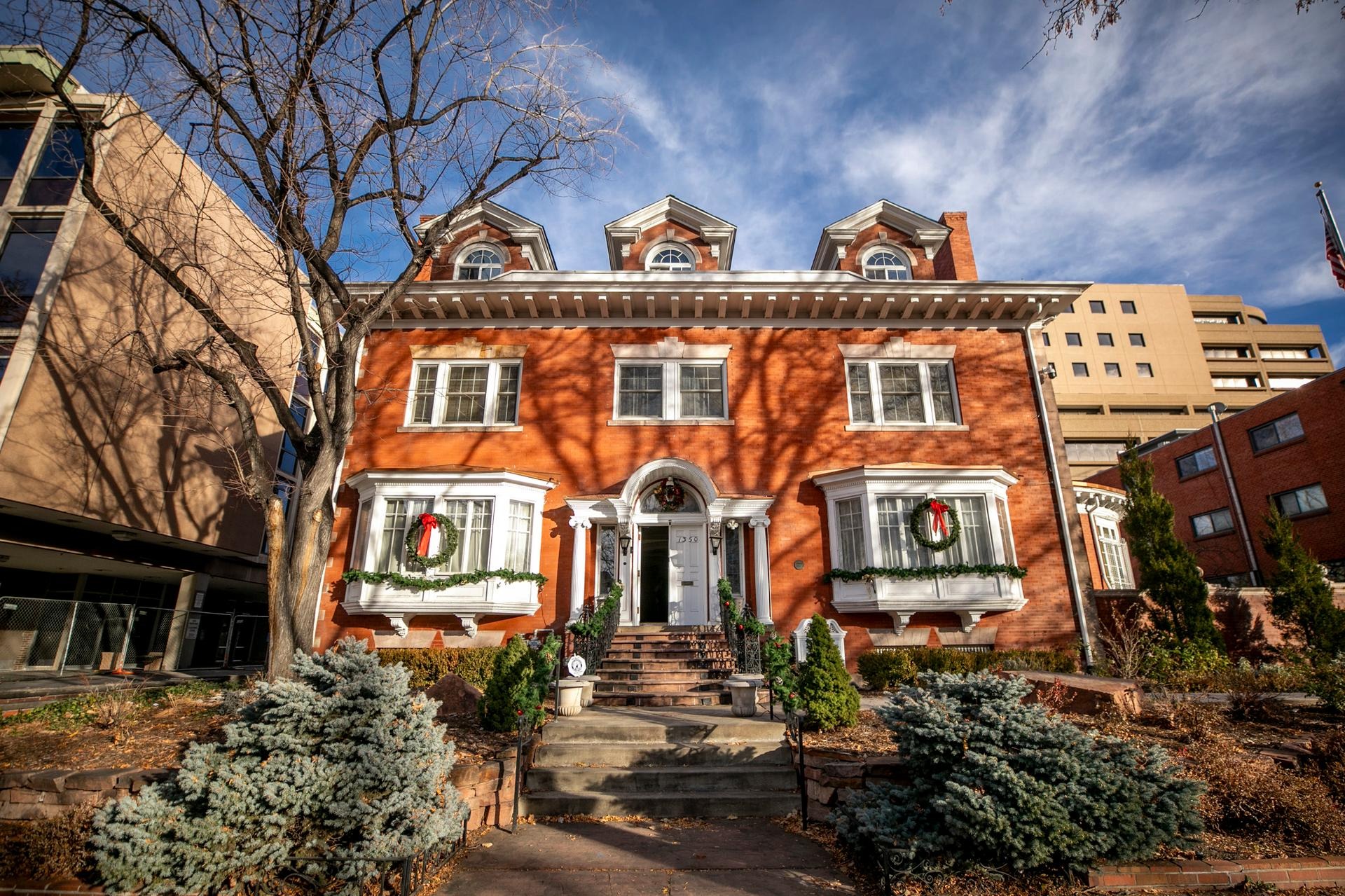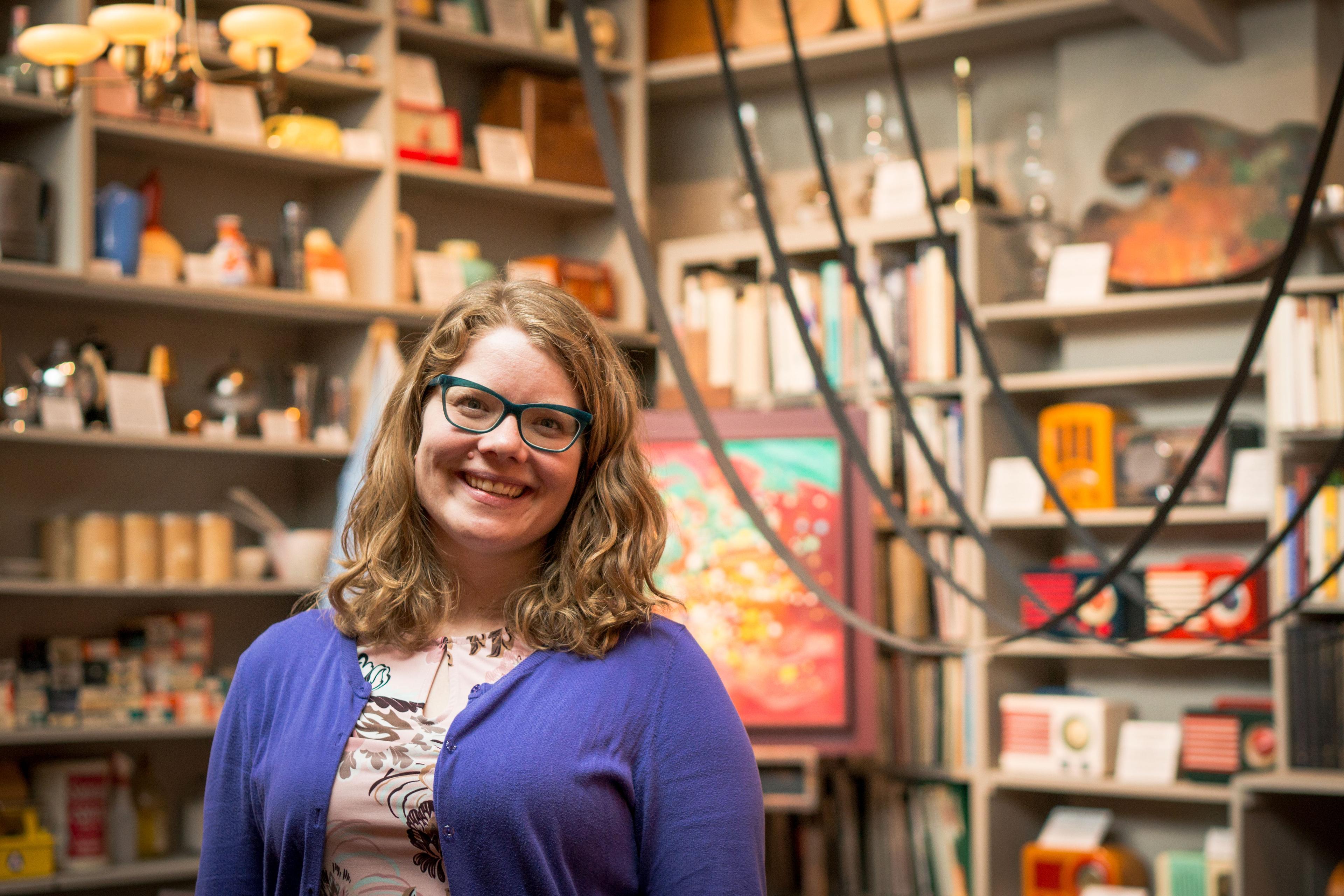

Vance Kirkland was known for his use of vibrant colors, which makes it fitting that the center of the Kirkland Museum of Fine & Decorative Art’s new building is covered with bright yellow glass tiles and panels.
Jim Olson, the Seattle-based architect behind the museum’s new space, calls this the "Jewel Box" because it's “basically a container of all these precious objects."
Those precious objects are paintings from Kirkland, artwork from Colorado artists and a host of decorative art and design pieces — a dining room table by Frank Lloyd Wright, early Fiestaware and a dress by Andy Warhol, for example.
“To me, they are jewels,” Olson says. “And, in a lot of ways, I wanted the building itself to feel a lot like a piece from the collection.”
The museum broke ground on this new, larger facility in September 2015. A little more than a year later, the museum transported Vance Kirkland’s brick art studio and school about 10 blocks to the new space in Denver’s Golden Triangle Creative District.
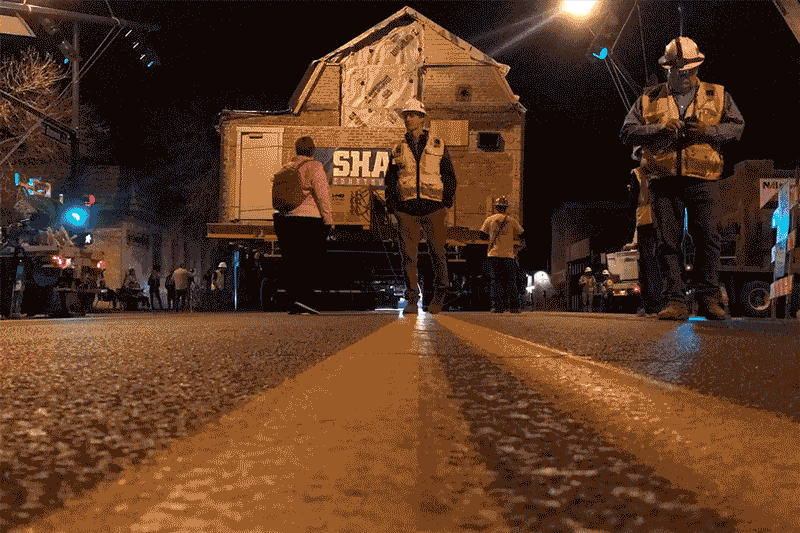
The nonprofit Merle Chambers Fund funded construction of the $22-million Kirkland Museum home.
Education manager and historian Maya Wright says they had outgrown their previous location on Pearl Street. At this new site, she says they can display about 2,000 more objects, bringing the total on display to somewhere between 5,000 and 6,000.
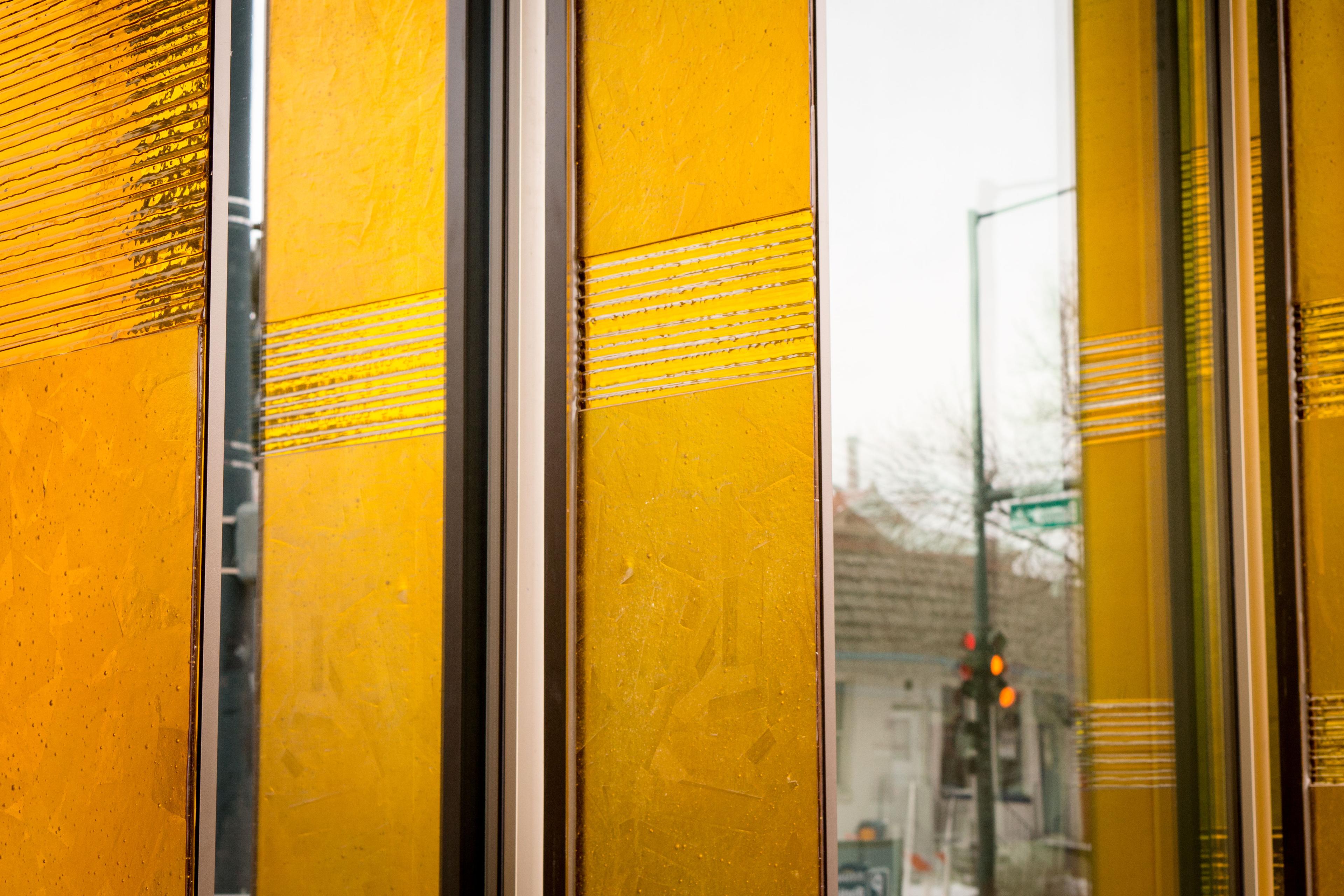
Some of those newly displayed objects include a bed frame from the Art Nouveau period, circa 1899-1900. This is a new acquisition, which Wright says would have been too large to show in the former space. There’s also twice as much of Kirkland’s work on display, including an entire gallery devoted to showing “all five of Vance Kirkland’s signature painting styles all in one room,” Wright says.
As you circle the room, you can see the progression of 55 years of art, starting in the 1920s with his early Designed Realism work, through his Surrealist paintings, Hard Edge Abstraction art, Abstract Expressionism and then his Dot Paintings — in which Vance Kirkland applied dots of paint to canvas using dowels and paintbrushes.
“I think most visitors will be shocked that one man created all of these works that look very different from each other and that we’re able to show in one space, which we couldn’t do before,” Wright says.
The new Kirkland Museum tells a more complete story of the artist. It also helped founding director and curator Hugh Grant display a treasure trove of international decorative art and design pieces in a more chronological order: six distinct galleries span more than a 100 years of decorative art and design.

Grant referrs to it as “time traveling,” from the very early pieces on display in its “Arts & Crafts Gallery” to the “Postmodern Gallery.”
A family friend of Kirkland, Grant founded the museum 15 years ago. When the artist died in 1981, Grant inherited his estate. Kirkland didn't own all of the pieces you'll see at the museum. Historian Maya Wright says Grant and his former wife acquired the bulk of the collection.
The vision Hugh Grant had back in 2014 was an “extraordinary progression that I don’t have room to do in the current museum.” Now that the new building is finally here, Grant has been busy putting together the final touches, Wright says.
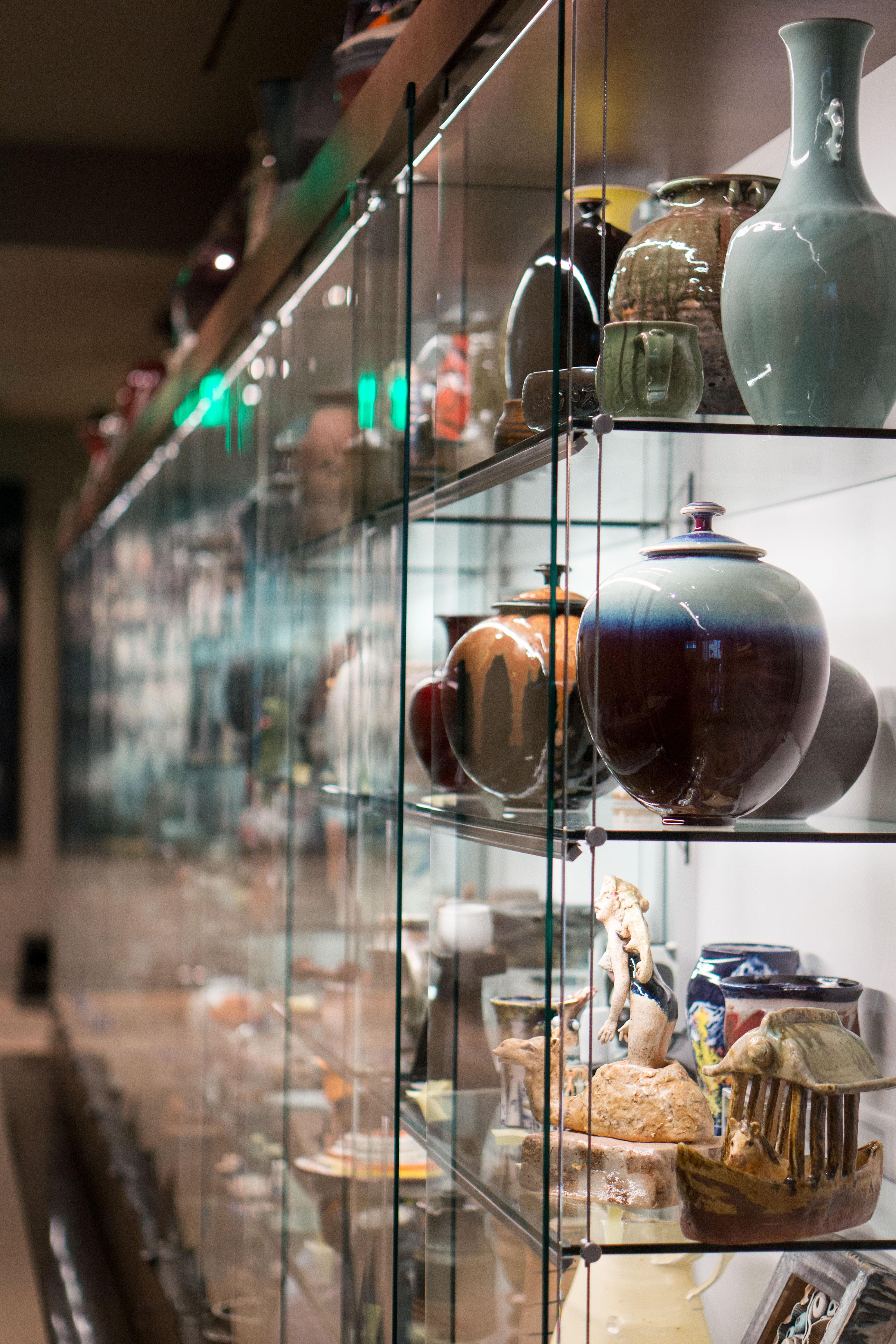
“Hugh has hand-drawn every gallery to scale and drawn in all of the pieces that he wanted to be on view and he’s done that for the last two years,” she says. “He’s going through and fine tuning — he’ll literally turn a glass to face a different direction so that you see a specific element of its design.”
You can see that painstaking work everywhere. There are display cases full of vases, glassware and tableware. In one gallery, delicate, glass ice buckets are on view. This larger space also allowed the museum to display objects in vignettes, so visitors can see how the furniture and decorative pieces would look in an actual home.
One vignette in the “Art Deco Gallery” displays pieces from the 1930s ocean liner the S.S. Normandie.
“It sunk in New York Harbor, but they had fortunately pulled all of the design off of it before it sunk,” Wright says. “So we’re very lucky to have acquired some pieces that were on that ship.”
A settee with a martini glass and an ashtray on a nearby table sets the scene for the artifacts from the star-crossed cruise ship.
“It’s a very important part of our aesthetic to show [furniture] on the floor, so you’re seeing it... at the angle you would have when it was originally designed," Wright says.

Kirkland Museum was famous for using just about every square inch in its old building. The new space is not quite as dense, but it’s “very much an evolving museum.”
“Even though these displays are very intentional, I think they will change over time and we’ll acquire new things and put them out and have great new ideas to share with the public," Wright says.
The museum will keep its old Pearl Street facility for personal uses.
Kirkland Museum of Fine & Decorative Art opens to the public March 10, 2018.

